It takes special expertise to determine if the functional parts of a home are in good shape. If you attend an open house, how do you determine if there are plumbing problems, electrical problems, structural problems, drainage problems, the condition of heating and air conditioning equipment, and the condition of literally hundreds of other items that could cause concern?
Enter the home inspector.
A home inspector is trained to be a detective in regards to the construction and working parts of homes. It is not an exact science.
The home inspector cannot tear into things, so they can’t always see everything they’d like to. They do, however, come equipped with ladders, strong flashlights, and devices to measure various things related to plumbing, electrical, and other necessary home items. Importantly, a home inspector will also typically bring a digital camera to photograph problems such as roof shingles not lying flat, signs of mildew from leaking pipes, and construction that doesn’t comply with building codes.
It’s a good idea to ask the home inspector if there are any particular tests they would perform if they were buying the home. For example, radon gas (a colorless, odorless gas that is a carcinogen) can be a problem in some parts of the country. It can be detected, measured, and, if levels are above EPA standards, there are procedures to deal with it successfully. A home inspector can help identify such issues for you.
It’s easy to see that a home inspection can provide a wealth of valuable information. While it is easy to fall in love with a listed home, a home inspector can be the key to avoiding disastrous discoveries down the line.

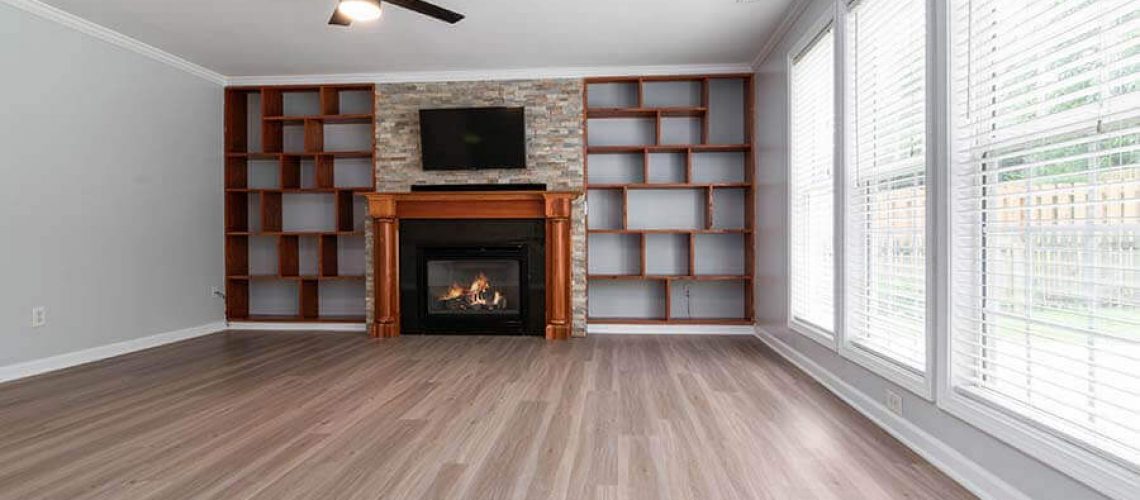

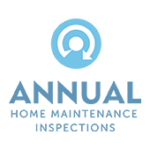






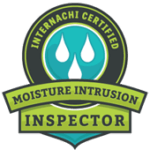
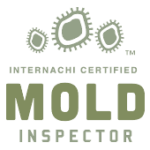
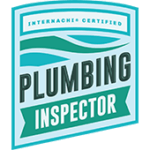

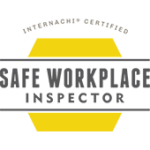





One Response
Great article!!